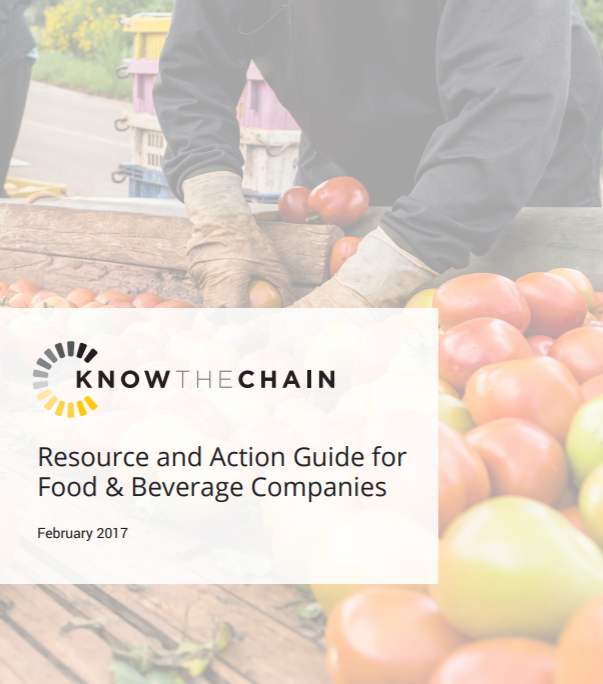Measuring Disclosure Quality of Modern Slavery Statements: A SX300 Companies
GuidanceModern slavery is a global phenomenon, with 40.3 million victims and $354 billion at-risk products imported by G20 countries in one year alone, according to estimates by the Walk Free Foundation (2018). Australia has historically been complicit in t...Read More

